In mid-October, the Swedish government announced its 2025-2030 defense strategy, marking a major step forward in the country's military thinking. According to the plan, Sweden will allocate SEK 170 billion (€14.9 billion) to military defense and SEK 35.7 billion (€3.1 billion) to civil defense, raising defense spending to 2.6% of GDP by 2028. In particular, the strategy focuses on expanding military service, with the goal of recruiting 10,000 conscripts annually by 2030 and 12,000 by 2035.
The shift in Sweden’s defense policy began with the war between Ukraine and Russia in 2022, which forced the country to abandon its traditional neutrality and formally join NATO. Since 2015, Sweden has been strengthening its defense capabilities and increasing its support for Ukraine in the conflict. Sweden’s new strategy reflects a deep commitment to NATO’s collective security, including increased readiness, modernized defense systems, and close cooperation with NATO allies.
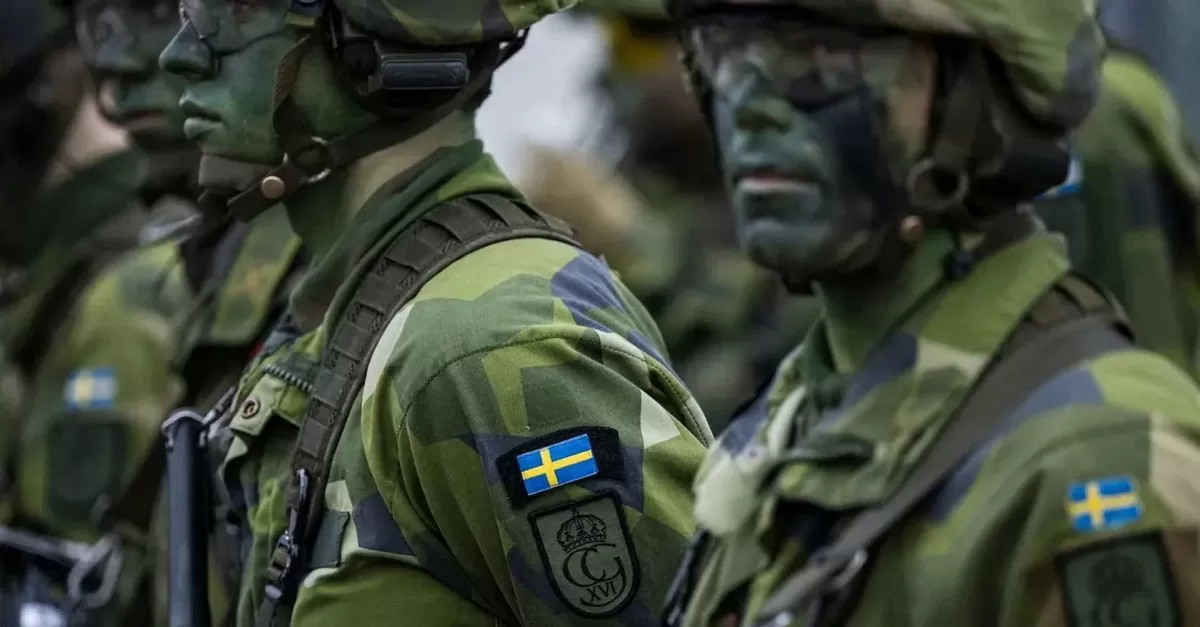 |
| By 2035, the wartime organization of the Swedish Armed Forces is expected to require around 130,000 troops. Photo source: Swedish Ministry of Defence |
In this context, Sweden has devoted significant resources to supporting Ukraine with military aid worth SEK 48 billion (€4.2 billion), including modern military equipment such as Stridsvagn 122 tanks, CV90 infantry fighting vehicles and Archer self-propelled artillery systems. Experience from the war in Ukraine has taught Sweden the importance of maintaining strategic reserves and the ability to quickly replenish equipment in the event of a prolonged conflict. This explains why Sweden’s new defense strategy places a strong emphasis on logistical support and the ability to protect critical infrastructure.
One of the highlights of this strategy is the establishment of a national cyber security center to counter potential cyber attacks from Russia. In addition, Sweden is also promoting the development and integration of new military technologies, especially in the field of civil defense.
The conflict in Ukraine has highlighted the need to rapidly adapt to new technologies in warfare and ensure the ability to replenish ammunition and other strategic supplies.
Sweden therefore intends to work closely with defense companies to strengthen technological capabilities, as well as stockpiling important materials to ensure the ability to cope with protracted conflicts.
In addition to focusing on the military sector, Sweden also places special emphasis on civil defense. The Swedish government believes that civil defense is not only about protecting physical infrastructure but also about social resilience and cyber defense. New measures include the construction of advanced intelligence and surveillance systems, with the participation of the Swedish Air Force, to enhance the ability to identify and respond quickly to potential threats.
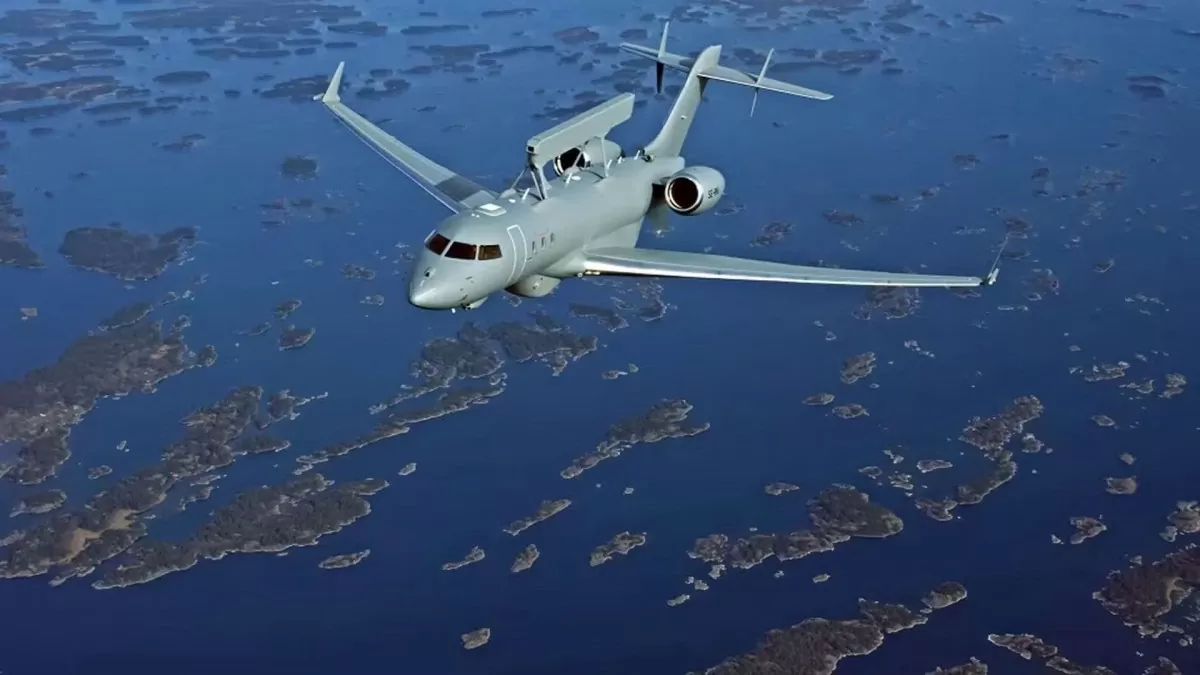 |
| The integration of the S 106 Global Eye airborne early warning and control system will enhance Sweden's detection and tracking capabilities, replacing the older ASC 890, which will be delivered to Ukraine. Photo source: Saab |
In addition, Sweden's defense strategy also focuses on expanding military service. By 2035, Sweden is expected to need around 130,000 soldiers for wartime organization, and increasing the number of annual conscripts is an important part of this plan. The Swedish government believes that expanding military service is necessary to maintain a strong defense force, both to protect national security and to meet NATO's commitments under Article 3 of the Treaty.
In addition, Sweden is preparing measures to strengthen the chain of command and improve the quality of leadership in the military. The government plans to establish a new military examination center to manage the growing recruitment. At the same time, Swedish conscripts can also participate in NATO's collective defense efforts, including the possibility of international deployment in scenarios implementing Article 5 of the NATO Treaty.
Sweden is not only focusing on the military, but also on improving its logistics system and modernizing its military units. During the period 2025 - 2035, many artillery battalions, rocket artillery and intelligence, engineering and logistics units will be established to support NATO military operations. Strengthening air defense and long-range strike capabilities is also an integral part of this new strategy, helping Sweden to deal more effectively with potential external threats.
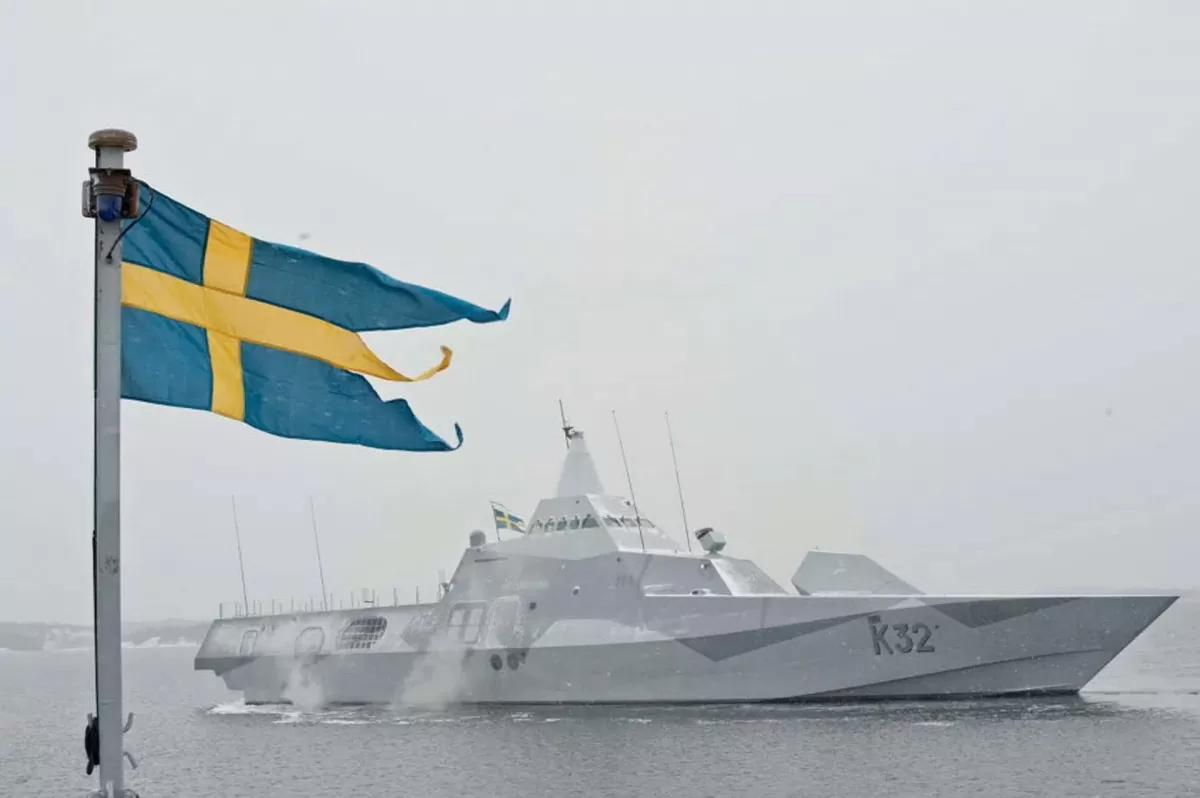 |
| The Navy's surface combat capability will be enhanced through the mid-life upgrade of the Visby-class corvettes and the purchase of new Luleå-class surface combatants between 2025 and 2030. Photo credit: Swedish Ministry of Defence |
The Swedish Air Force will continue to maintain six combat squadrons with JAS 39 Gripen aircraft until 2030. At the same time, Sweden is considering alternatives to these fighters, including developing domestic systems or cooperating with international partners to ensure the maintenance of air power in the long term.
In addition, the Swedish government is also investing heavily in long-range strike capabilities, including purchasing munitions that meet NATO requirements and modernizing its integrated air and missile defense systems.
Space operations are also an important part of Sweden’s defense strategy. The country plans to strengthen its space defense capabilities by developing sensors and rapid response systems. It will also replace aging drone systems, expand fighter pilot training programs, and upgrade air base infrastructure to meet NATO requirements.
Source: https://congthuong.vn/chien-su-nga-ukraine-khien-thuy-dien-chi-dam-cho-quoc-phong-354020.html



![[Photo] President Luong Cuong meets with Lao Prime Minister Sonexay Siphandone](https://vstatic.vietnam.vn/vietnam/resource/IMAGE/2025/4/25/3d70fe28a71c4031b03cd141cb1ed3b1)



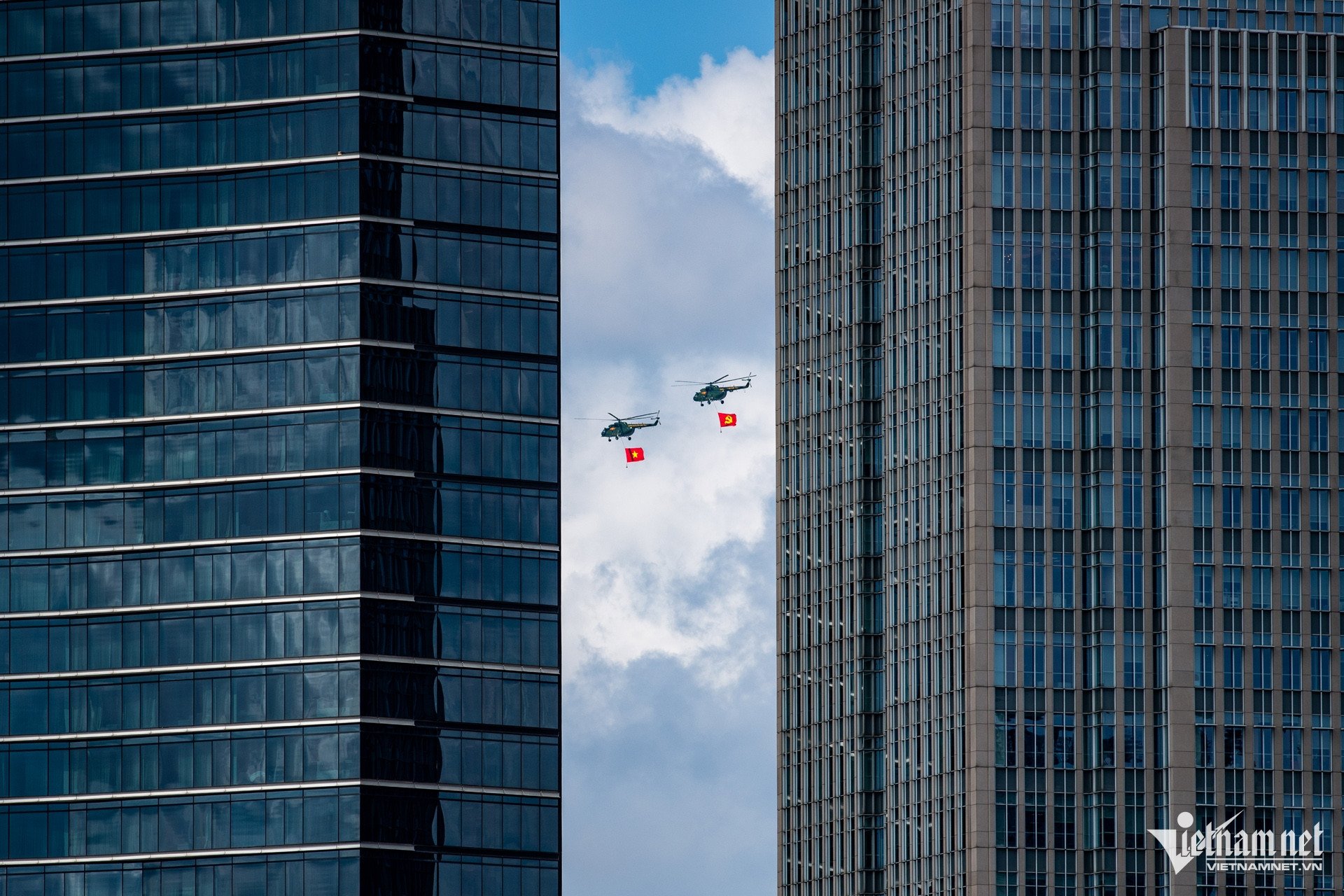
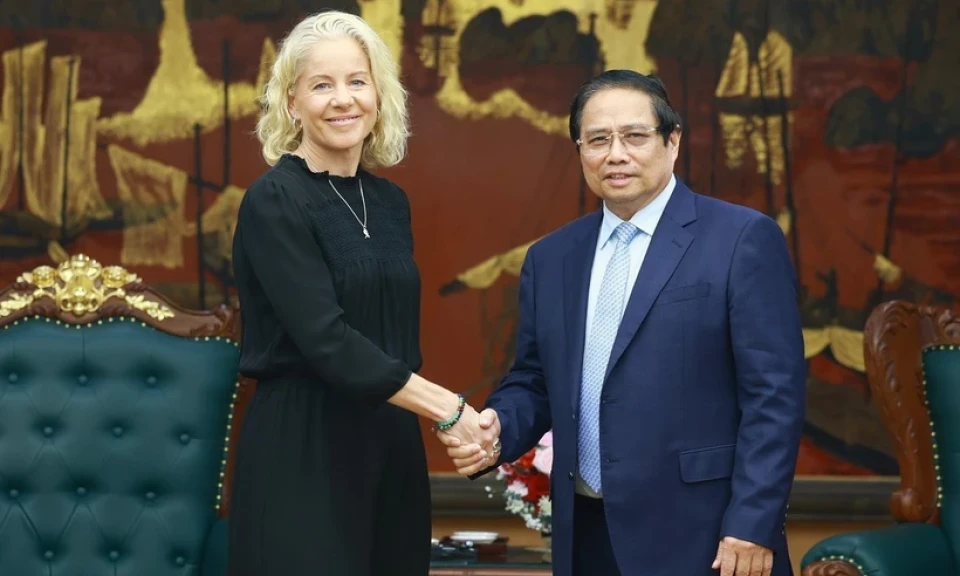

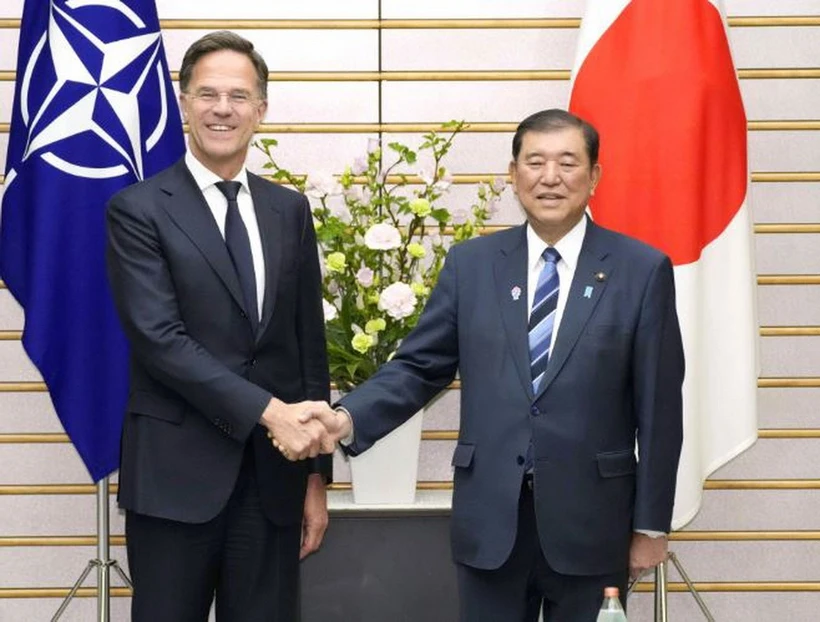

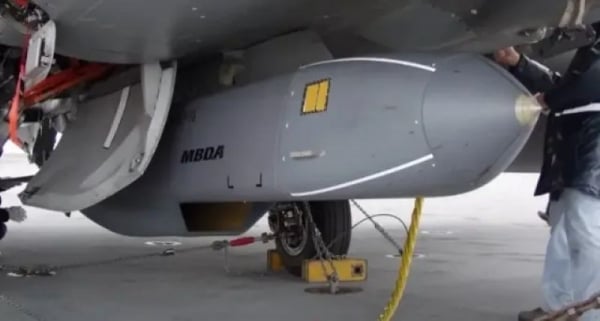
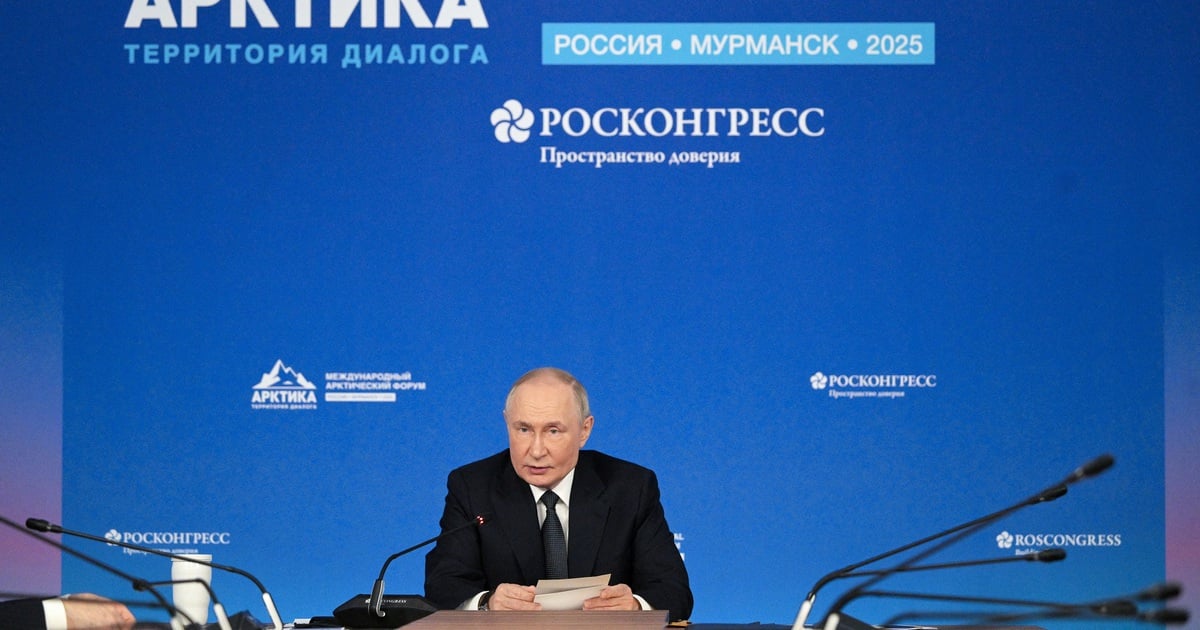

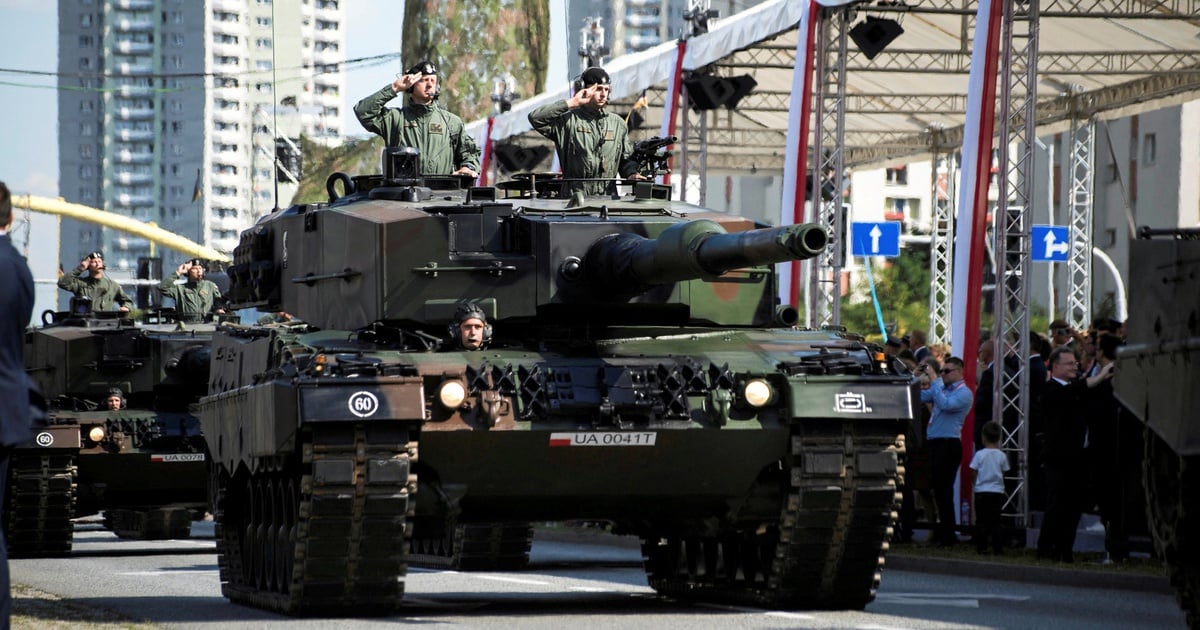

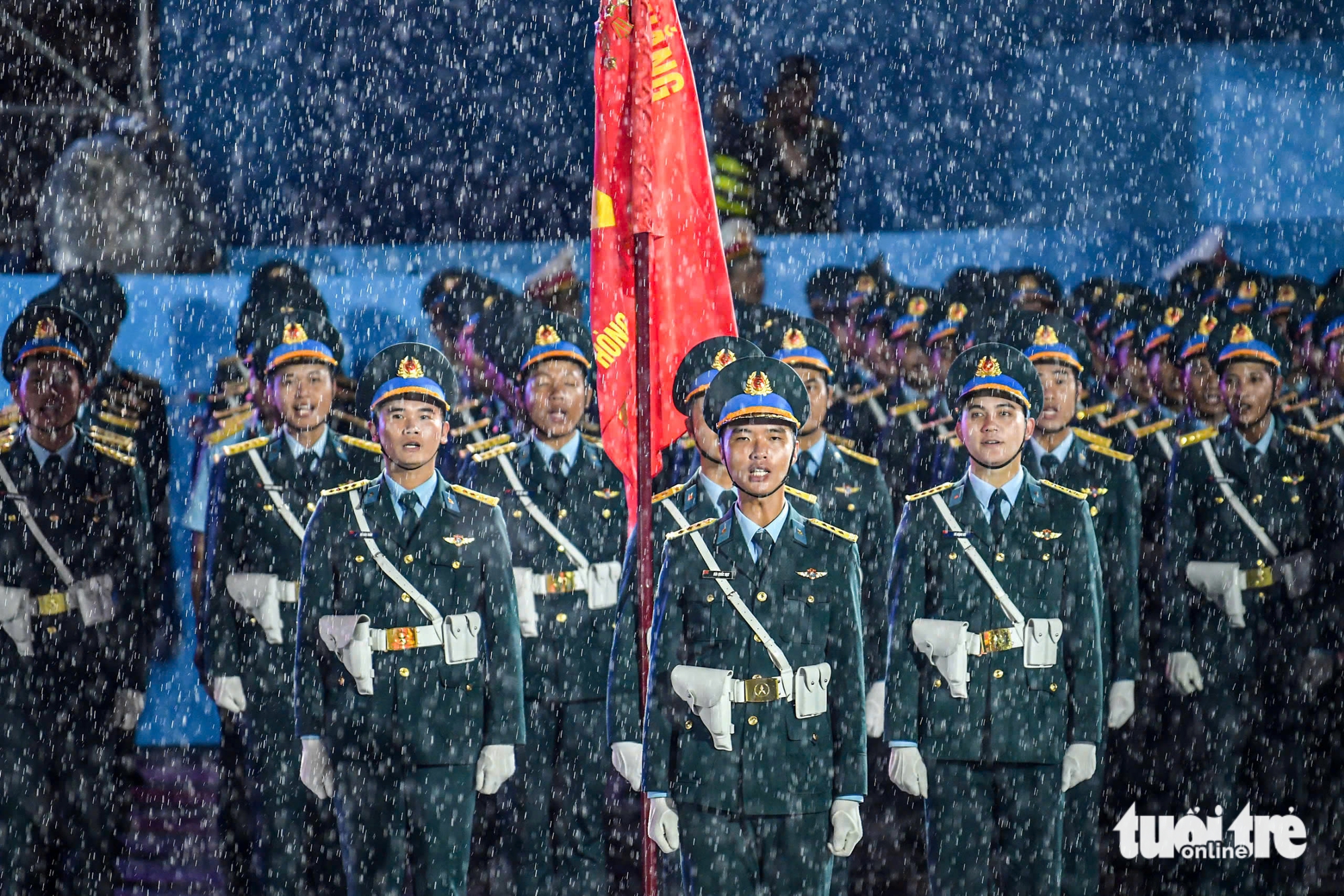


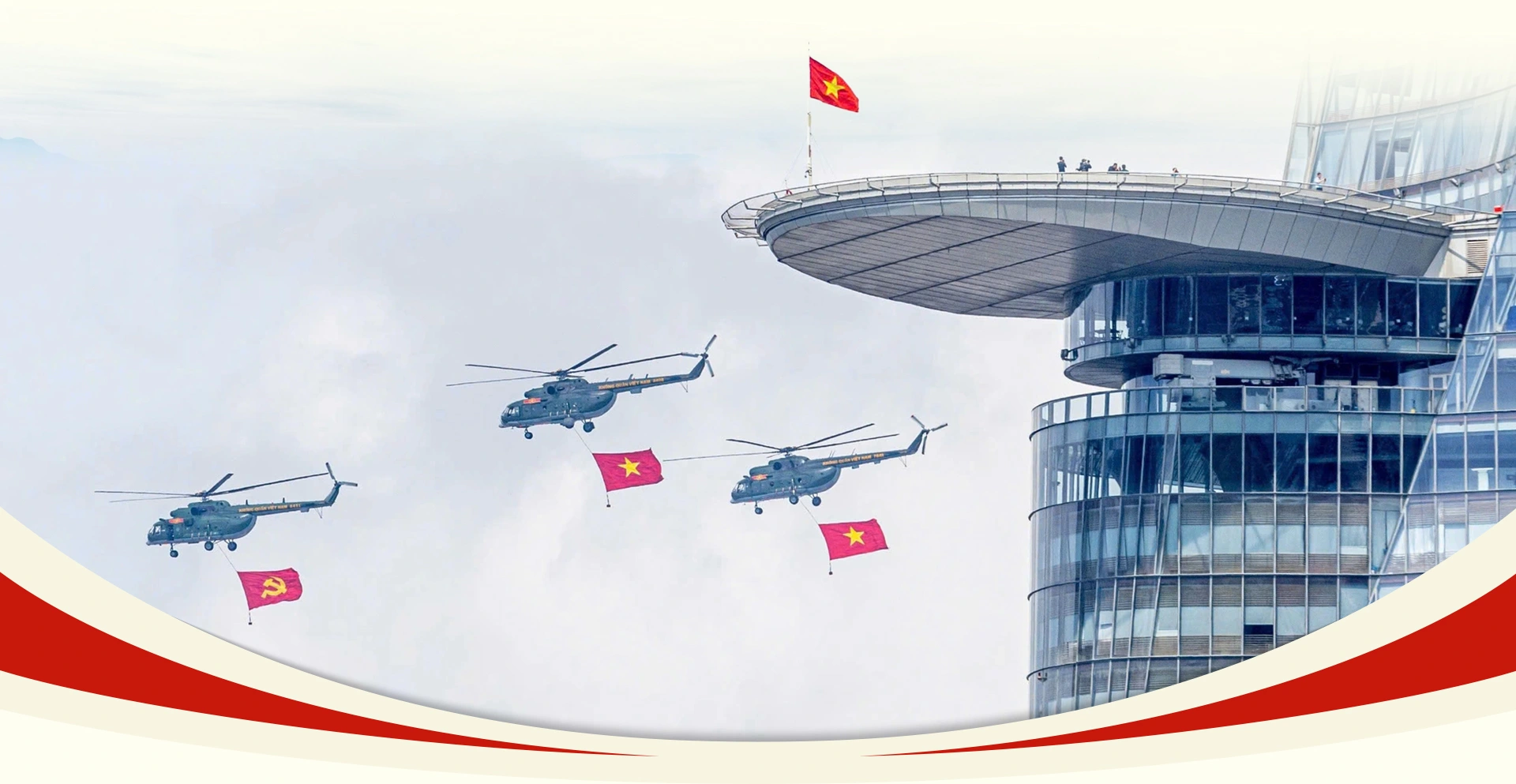


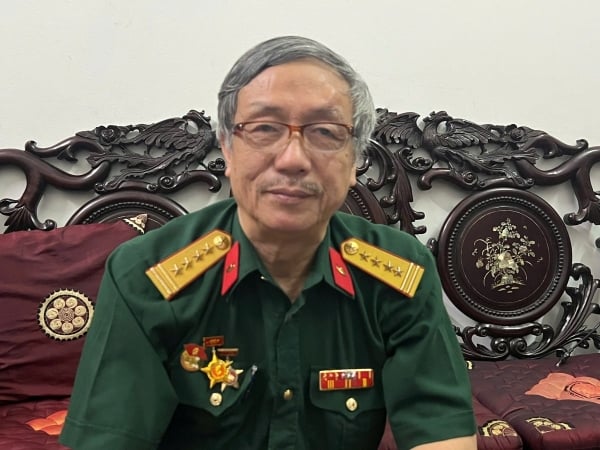





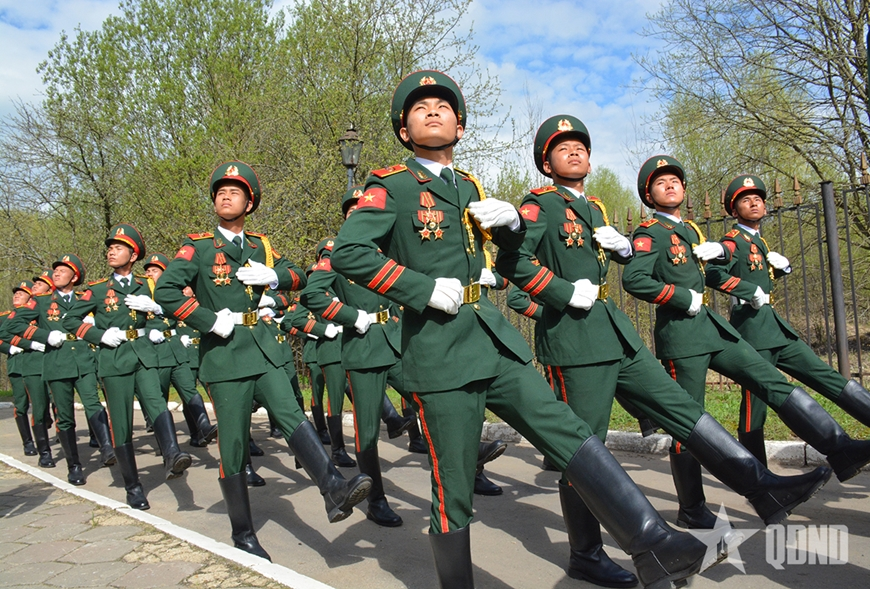

![[Photo] Ho Chi Minh City welcomes a sudden increase in tourists](https://vstatic.vietnam.vn/vietnam/resource/IMAGE/2025/4/25/dd8c289579e64fccb12c1a50b1f59971)
![[Photo] Liberation of Truong Sa archipelago - A strategic feat in liberating the South and unifying the country](https://vstatic.vietnam.vn/vietnam/resource/IMAGE/2025/4/25/d5d3f0607a6a4156807161f0f7f92362)
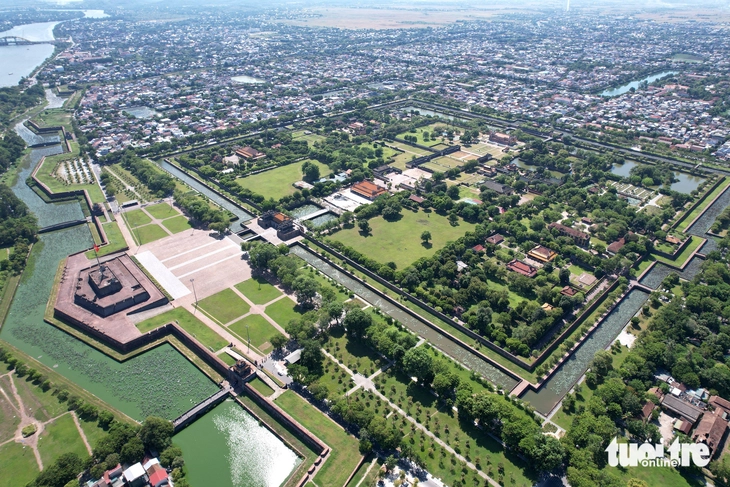

































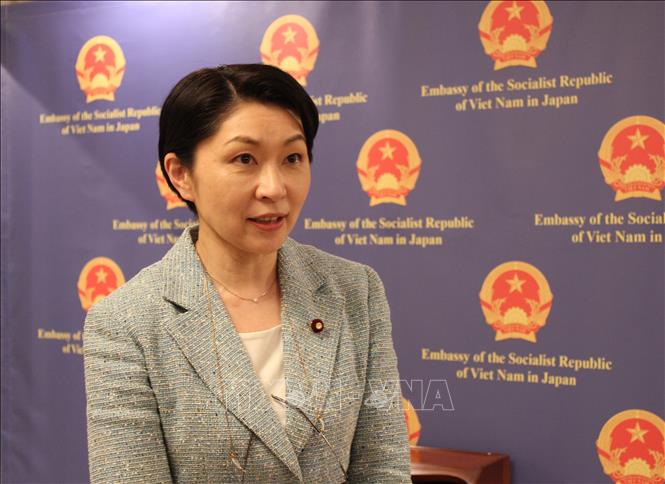






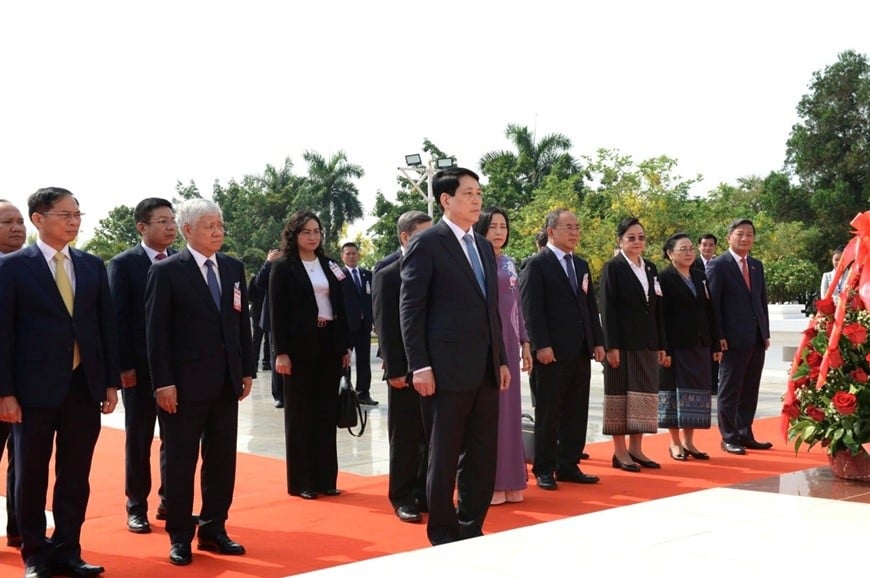





















Comment (0)